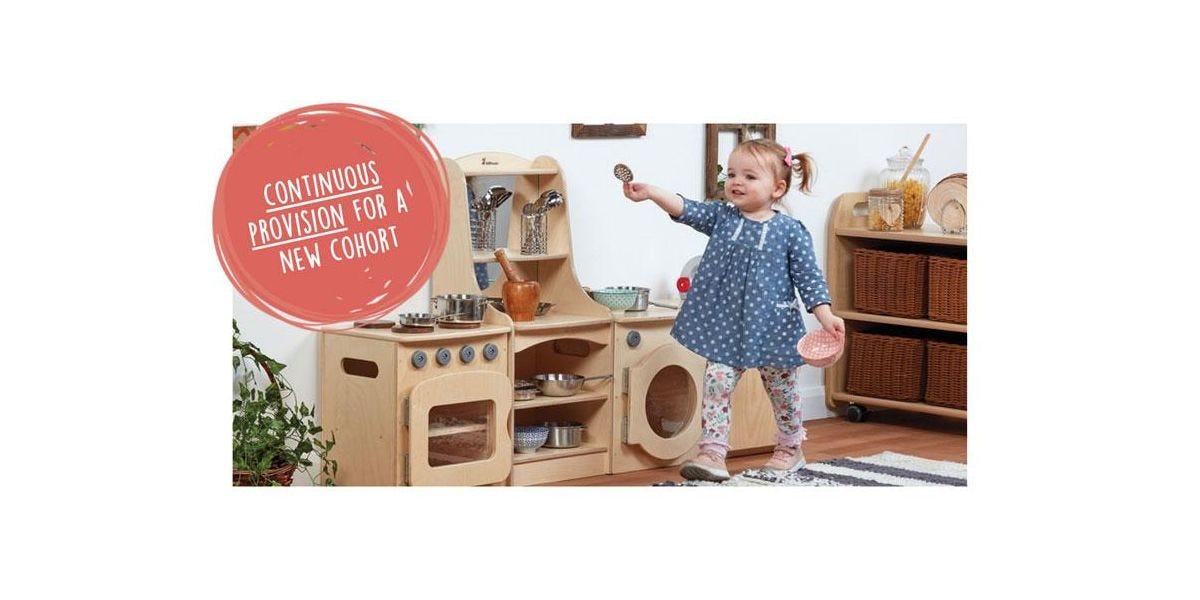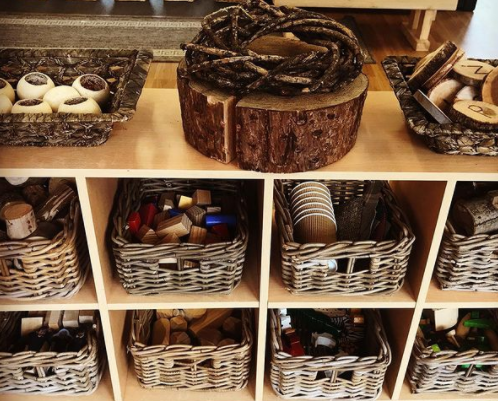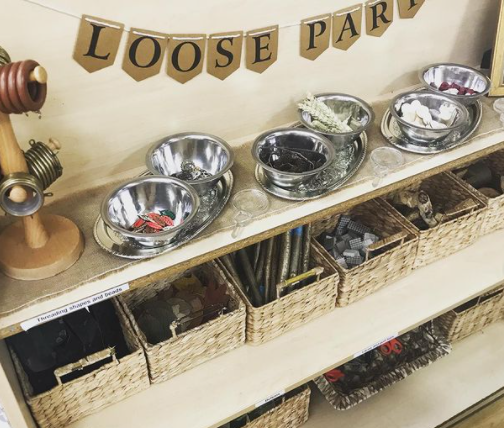Whether you’re a full time or term-time setting, the autumn term marks the start of a new year for all. With new faces in your cohort and fresh display boards swept with creativity, you’ll more than likely have meticulously organised each area, with every resource having its own carefully considered place.
Although it’s tempting to consider your provision to be complete at this stage – or at least for the time being – it is currently based on assumptions and expectations of children you currently don’t know. At this stage, you have what is known as a basic provision.
‘But my provision is anything but basic’, we hear you cry! Do not fear. It is more than likely that your current provision will largely support your new intake, both now and in future terms. A basic provision is just one that hasn’t yet been informed by observation and assessment and may require some tweaks and future adjustments.
In the next couple of weeks, you’ll be continually assessing your children’s engagement with each area. As and when this information becomes available, you’ll be able to make informed decisions about required changes to your provision.
But what makes a good continuous provision?
To help answer this question, it’s a good idea to get back to basics by looking at its original meaning. Put simply, a continuous provision describes all the areas you have in your setting, such as your small world area, outdoor area or malleable area, and within those areas, all of your core resources.
These resources, at their most basic level, need to be safe and of high-quality, allowing them to be played with again and again, as part of daily activities. Children should be allowed the space to frequently return to such activities, perhaps on a certain day, week or even month. As such, the provision will need to be relevant, interesting and challenging.
What’s of vital importance to every continuous provision, is it having activities that engage children without the presence of practitioners. As Early Years expert, Alistair Bryce-Clegg surmises in his simple but powerful mantra, ‘Continuous provision continues the provision for learning in the absence of an adult.’
Within your dedicated areas, there needs to be a strong element of child-led activity. This requires open-ended resources that promote the freedom for children to creatively explore, interpret and investigate. Not every child needs to be doing the exact same activity at the same time and should instead be interacting with your provision as independent learners.
Over the coming weeks you will be supporting children in how they engage with the available resources in your provision. Instead of leading activities, you act as a facilitator, interacting with the children in each area and starting to understand their interests, skillsets and levels of development.
It is through placing yourself in these child-led engagements that you will be best placed to scaffold and support your cohort - perhaps by providing them with words to explain what they’re doing or by asking open-ended questions to encourage critical thinking.
It is through these moments that you’ll be able to make the necessary observations to help inform whether your continuous provision is creating an enabling environment. By facilitation, observation and assessment, by the October half term, your continuous provision will have had any necessary tweaks and changes.
This is not to say that your continuous provision will then remain constant throughout the rest of the year. It will instead evolve as certain enhancements are added - whether that is through prompts or additional resources.
By July, your continuous provision will look very different from where it is now, reflecting just how far your cohort has developed and reflecting the importance of your pivotal role as a facilitator.



